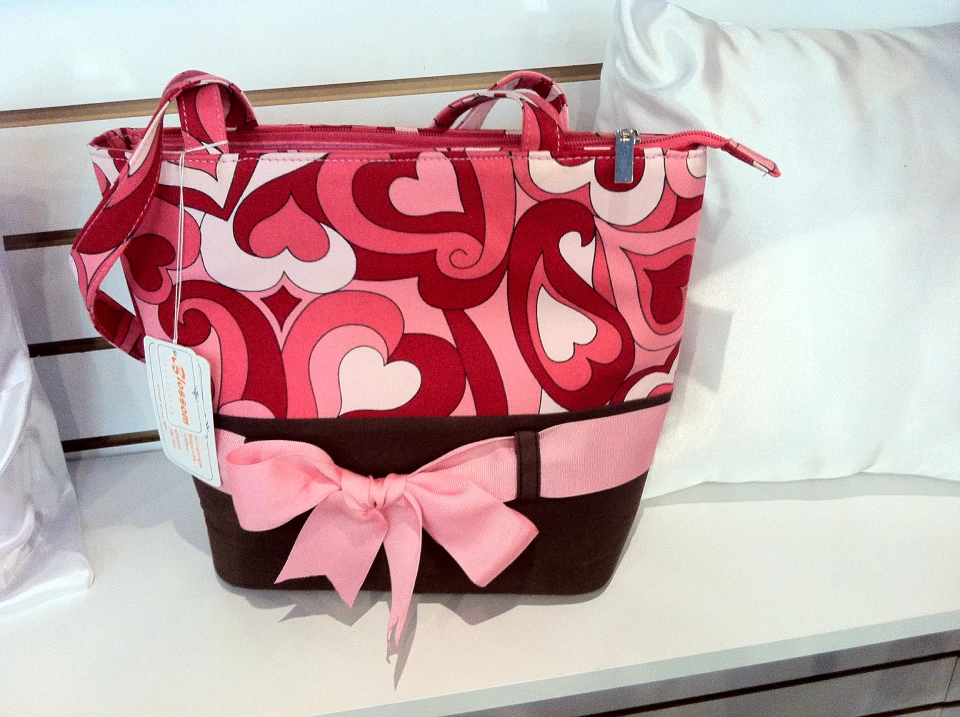Elegant Monogramming on Towels for a Touch of Deluxe
Elegant Monogramming on Towels for a Touch of Deluxe
Blog Article
The Art of Custom Embroidery: Unlocking the Tricks to Creating Unique and Memorable Layouts
The keys to creating custom-made embroidery layouts that astound the eye and leave a long-term perception lie in a delicate equilibrium of method, imagination, and attention to detail. As we delve into the world of custom-made embroidery, we uncover the nuanced interplay between thread selection, sew intricacy, and style personalization that elevates a mere garment to a work of art.
Choosing the Right Needlework Threads
When choosing embroidery threads, what key variables should you take into consideration to make sure the most effective results for your customized layouts? The choice of needlework string is essential in establishing the final end result of your embroidered style. One of the main factors to consider is the material of the thread. Different products such as cotton, polyester, rayon, and silk offer varying degrees of sheen, longevity, and texture. It is essential to select a string product that enhances the material you are stitching on and lines up with the wanted look of the design.
Furthermore, the weight or density of the thread plays a substantial function in the look of the needlework. Thicker threads can add dimension and texture to your style, while finer threads are ideal for intricate details and small message. Furthermore, considering the shade fastness and washability of the string is essential to make sure that your personalized layouts maintain their quality and vibrancy over time. By thoroughly assessing these elements and selecting high-grade strings that meet your certain requirements, you can enhance the aesthetic allure and longevity of your stitched creations.
Checking Out Various Stitch Methods
To dig right into the world of 'Checking out Various Stitch Techniques', one should comprehend the ins and outs and subtleties that each stitching method offers the art of needlework. Different stitch methods not only add visual rate of interest however additionally contribute to the general structure and dimension of the design. One preferred stitch strategy is the satin stitch, which entails carefully packed parallel stitches to develop a smooth and shiny surface, suitable for loading in forms and producing vibrant outlines.
On the other hand, the backstitch is a versatile strategy usually utilized for outlining and adding great information. It involves stitching in reverse to develop a solid line of embroidery. Additionally, the French knot stitch adds a responsive aspect to layouts, ideal for creating distinctive accents like flower centers or attractive touches.
Exploring various stitch strategies permits embroiderers to play with light, darkness, and depth within their layouts, boosting the aesthetic allure and imaginative top quality of their needlework tasks. By grasping different stitching methods, one can unlock countless opportunities for producing distinct and memorable customized embroidery pieces.
Incorporating Personalized Style Components
Having discovered the complexities of various stitch strategies such as the ramesh tailor satin stitch, backstitch, and French knot, the emphasis now changes towards incorporating tailored style elements in customized needlework tasks. Individualized style aspects play a critical duty in making embroidery jobs really unique and memorable.
Another way to integrate individualized layout elements is by consisting of icons or themes that hold unique definition to the recipient or show their rate of interests and individuality. For instance, integrating a favorite blossom, animal, or hobby-related symbol can make the embroidery design more meaningful and individualized. Additionally, picking colors that resonate with find more info the recipient or line up with the desired theme can further enhance the personalization of the needlework task.
Understanding the Art of Color Coordination
One key facet of color control is recognizing shade concept. This includes understanding how various shades connect with each other, the feelings they communicate, and just how they can be incorporated to create visually enticing styles. By using shade theory principles, embroiderers can develop unified shade combinations that boost the general appearance of the layout.
Furthermore, paying focus to comparison is critical in color coordination. Utilizing contrasting colors can help certain aspects of the layout pop, enhance clarity, and create an aesthetically dynamic embroidery piece. By mastering the art of shade sychronisation, embroiderers can raise their layouts and develop memorable pieces that resonate with customers and customers alike.
Enhancing Texture With Advanced Embroidery Stitches

Bullion knots, on the other hand, can be used to produce twisted, ropelike components that include a luxurious feel to the embroidery. Experimenting with these sophisticated needlework browse around this site stitches allows you to push the boundaries of typical embroidery and produce truly special and visually appealing structures in your designs.
Conclusion
To conclude, the art of customized embroidery involves a combination of selecting the best threads, discovering various stitch techniques, incorporating personalized layout elements, grasping color coordination, and boosting structure with sophisticated stitches. By comprehending and carrying out these crucial elements, embroiderers can create unique and memorable designs that showcase their creativity and ability. Embroidery fanatics can unlock the tricks to creating lovely and bespoke pieces that stick out and leave a lasting perception.
Report this page